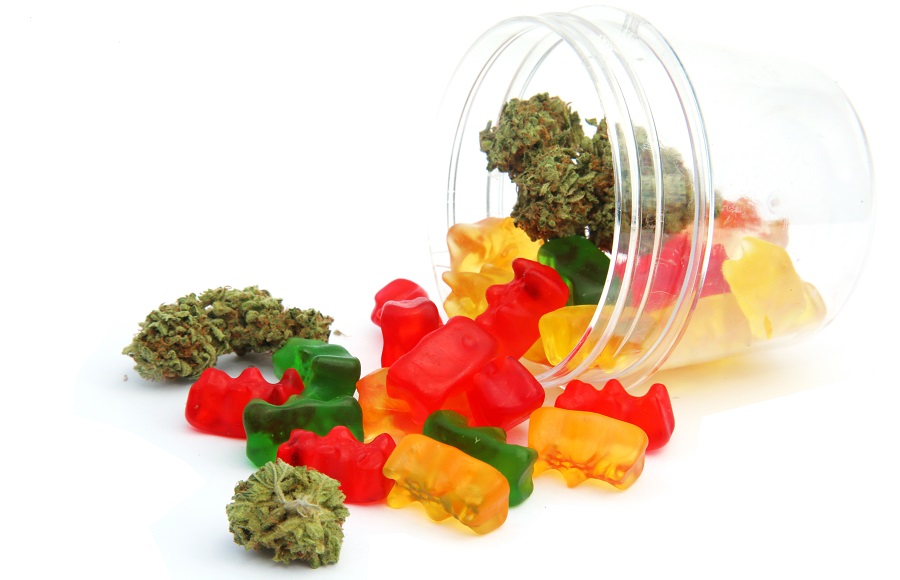What You Need to Know About Recreational Marijuana

With recreational marijuana now legal in 24 states and medicinal marijuana approved in 38, it’s understandable to develop a false sense of security about the substance’s safety. But it’s important to remember that cannabis — as it is also known — can be dangerous if misused, especially by teens and children.
With recreational marijuana now legal in 24 states and medicinal marijuana approved in 38, it’s understandable to develop a false sense of security about the substance’s safety. But it’s important to remember that cannabis — as it is also known — can be dangerous if misused, especially by teens and children.
Being knowledgeable about the drug will help you tell if your child or someone else is abusing it and headed for trouble.
Marijuana Basics
Marijuana is second only to alcohol as the most used mind-altering drug in the U.S. The drug comes from the hemp plant, with its chemicals found in the leaves and flowering shoots. Tetrahydrocannabinol (THC) is the most well-known of these chemicals and the principal one to create mind-altering effects. There are also manufactured chemicals that act like THC, but they are much stronger and often unregulated. These synthetic forms of marijuana are sold under names, such as K2, Kronic or Spice. There are new THC derivatives, such as Delta-8, which are entering the commercial market. Some of these unregulated products are readily available and marketed to young consumers, both online and locally.Marijuana Can Be Used in Several Forms
- A dry, shredded green and brown mix of flowers, stems, seeds, and leaves is smoked as a cigarette (joint), in a pipe or bong, or as a blunt (a cigar casing that has been filled with marijuana).
- Vape cartridges and pens filled with marijuana also have become quite popular.
- The drug might also be mixed in food or brewed as a tea.
- There is a large commercial market for edibles, such as gummy candies, brownies, and cookies that contain marijuana or the chemicals in it that interact with the brain.
Symptoms of Recreational Marijuana Use
These are some effects of marijuana use:- A feeling of joy and relaxation
- Increased sense of sight, hearing and taste
- Increased appetite
- Loss of coordination, making it difficult, even dangerous, to do things such as drive a car
- False sense of time
- Trouble thinking and problem-solving
- Being dizzy
- Trouble walking
- Being silly and giggly for no reason
- Having red, bloodshot eyes
- Having a tough time remembering things that just happened
Is Your Child or Loved Using?
If you're worried that someone you love may be using marijuana, know what signs to look for. These include:- Withdrawal or separation from others
- Depression
- Excessive tiredness
- Not careful about personal hygiene or grooming
- Hostility
- A decline in relationships with family members and friends
- Changes in sleep patterns or appetite
- Pipes and rolling papers
- A strange smell on clothes and in the bedroom
- Using incense and other deodorizers
- Using eye drops
- Frequent red eyes
- Unexplained changes in appetite
- Eating more food
- E-cigarette/Vape devices
- E-cigarette cartridges that have the texture of honey “dabs”
Marijuana Addiction
Studies suggest that some types of marijuana are now much stronger than in the past, and users can become dependent on or addicted to it, just as someone can with alcohol and tobacco. A person is considered dependent on marijuana if they have withdrawal symptoms when they don’t use it for a while and it interferes with hobbies, school, work, or relationships. Still, the negative impact can’t keep them from using.Symptoms of Withdrawal
While most individuals don’t believe one can become chemically dependent or withdraw from marijuana, studies have shown consistent withdrawal symptoms following cessation of marijuana use. These can be more intense for those with preexisting mental health conditions.- Increased anxiety, irritability, anger or aggression
- Disturbed sleep/dreaming
- Depressed mood
- Loss of appetite
- Occasional physical symptoms, including chills, headaches, tension, sweating and stomach pain

